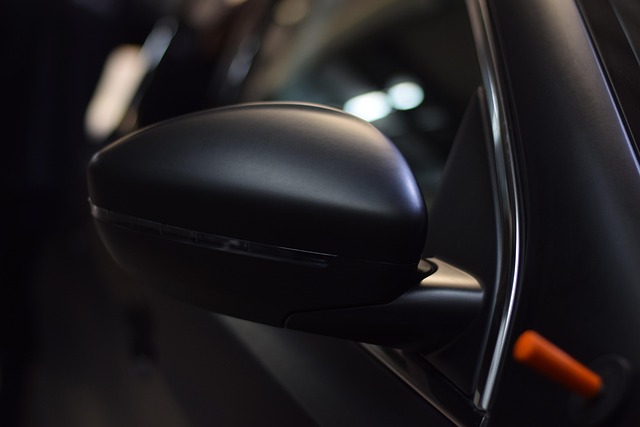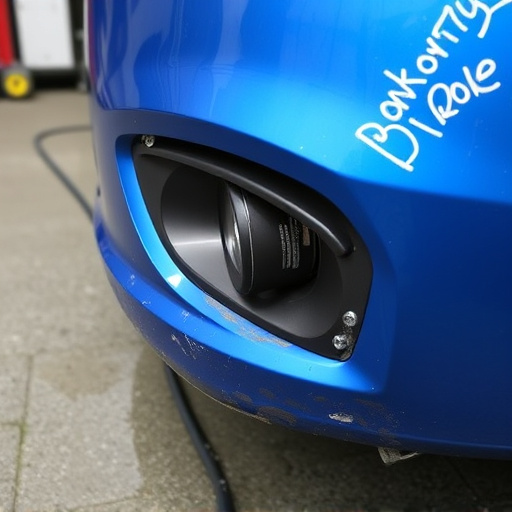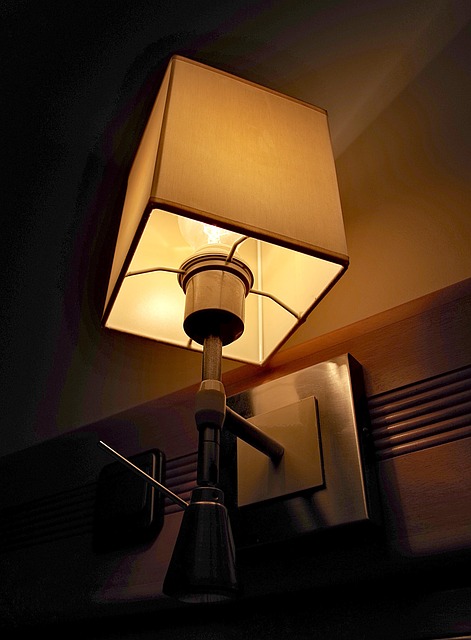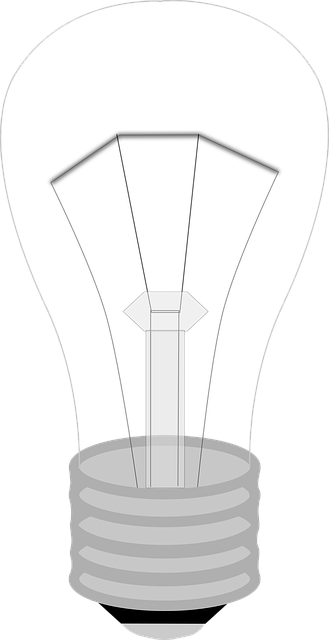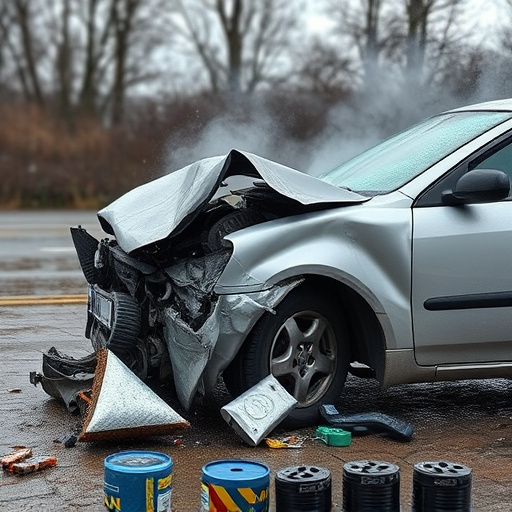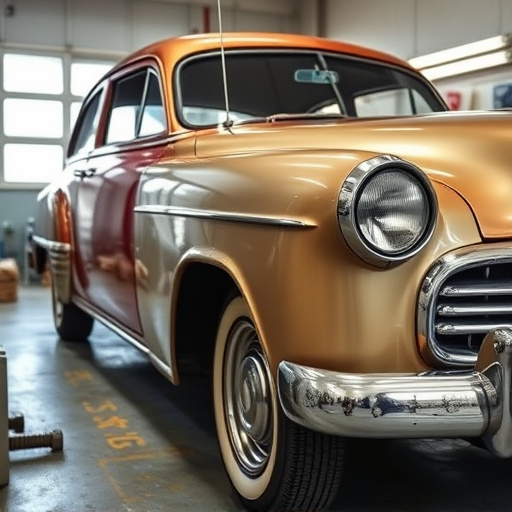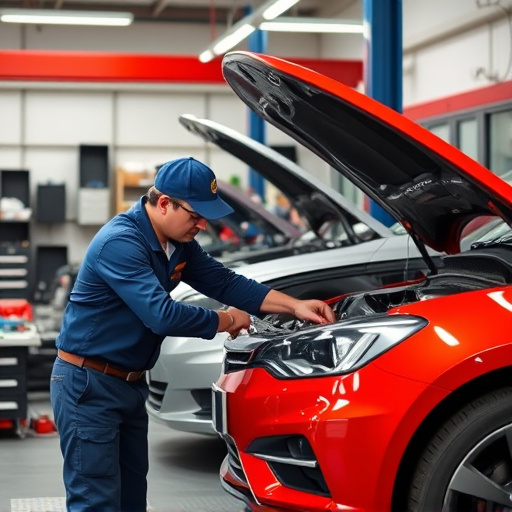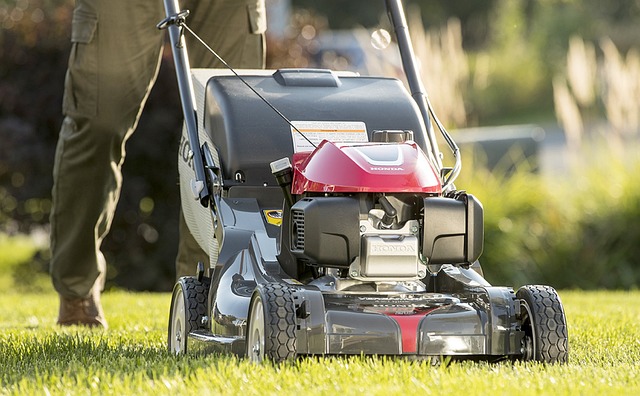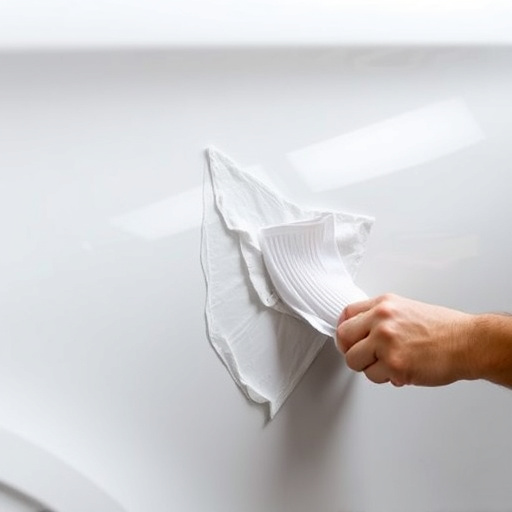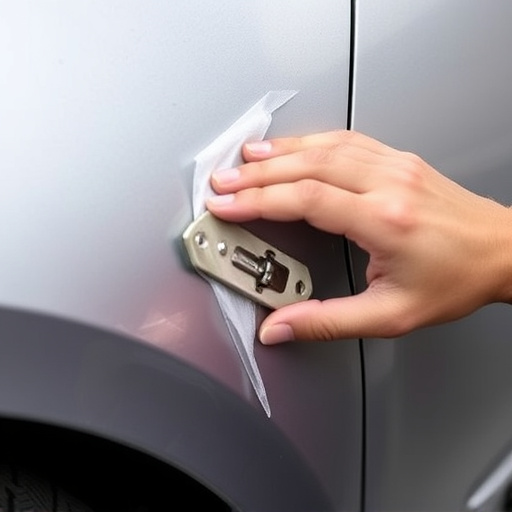Post-collision, exhaust system damage may go unseen. Professional auto repair services use advanced tools to detect leaks, converter issues, or faulty sensors, ensuring compliance with emission standards and preventing future problems. In classic car restoration, meticulous craftsmanship is key to meeting factory standards. Proper repairs maintain performance, minimize environmental impact, and enhance safety for all vehicles.
After a vehicle collision, damage to the exhaust system can lead to hidden emission problems. Understanding these issues is crucial for effective repairs and maintaining environmental compliance. This article delves into the intricacies of uncovering emission defects post-exhaust damage, diagnosing common failures within the exhaust system, and implementing successful collision repair strategies to ensure optimal emissions control. Learn how to navigate this complex landscape for safer, cleaner driving.
- Uncovering Emission Issues Post Exhaust Damage
- Diagnosing Common Exhaust System Failures
- Effective Collision Repair Strategies for Emissions Control
Uncovering Emission Issues Post Exhaust Damage
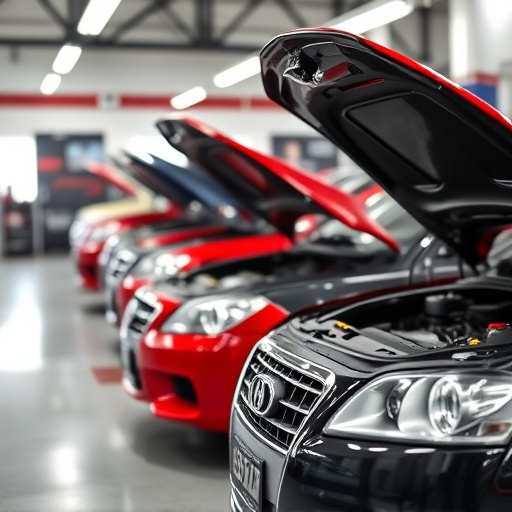
After a collision, many vehicle owners might focus primarily on visible damage and overlook potential emission-related issues that can arise from an exhaust system repair. Uncovering these problems is crucial for maintaining optimal vehicle performance and adhering to environmental regulations. When a car undergoes a collision, especially if it involves significant front or underbody impact, the exhaust system could sustain damage, often going unnoticed by untrained eyes. This is where professional auto repair near me becomes indispensable; they have the expertise to assess and identify subtle defects within the exhaust system that might compromise its efficiency.
In cases of classic car restoration, where vehicles are meticulously restored to their original state, it’s even more critical to ensure the exhaust system collision repair aligns with factory standards. Professional mechanics skilled in exhaust system collision repair will employ advanced diagnostic tools to uncover emission issues such as leaks, blocked or damaged catalytic converters, and malfunctioning oxygen sensors. These components play a vital role in ensuring the vehicle meets environmental emission standards and runs smoothly, so addressing them promptly through reliable auto repair services can prevent future problems, including costly fines for non-compliance with emission regulations.
Diagnosing Common Exhaust System Failures
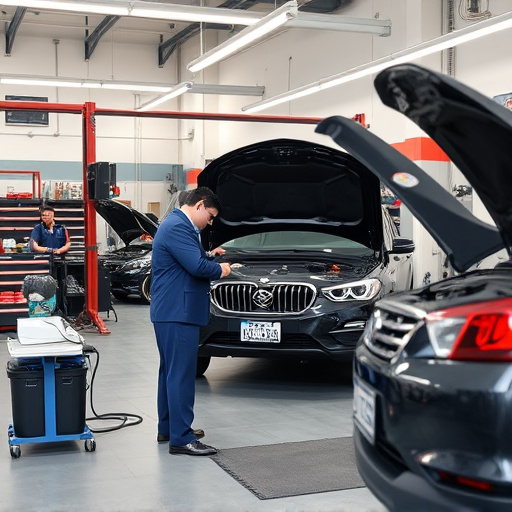
When it comes to diagnosing exhaust system failures after an accident or damage, several common issues often arise. One of the primary indicators is a noticeable change in engine performance, such as reduced power or increased noise, which could suggest a leak in the exhaust pipes or headers. This is particularly true if the damage involves a collision that affects the car’s underside, as the exhaust system is vulnerable to structural compromises.
Proper inspection should also consider the state of the catalytic converter and oxygen sensors. Over time, these components can fail, leading to increased emissions and potential drivability problems. In the event of an accident, especially if the vehicle has undergone collision repair services, it’s not uncommon for these parts to require attention during the exhaust system collision repair process. Even in classic car restoration scenarios, where meticulous craftsmanship is essential, ensuring the integrity of the exhaust system is vital to both performance and environmental compliance.
Effective Collision Repair Strategies for Emissions Control
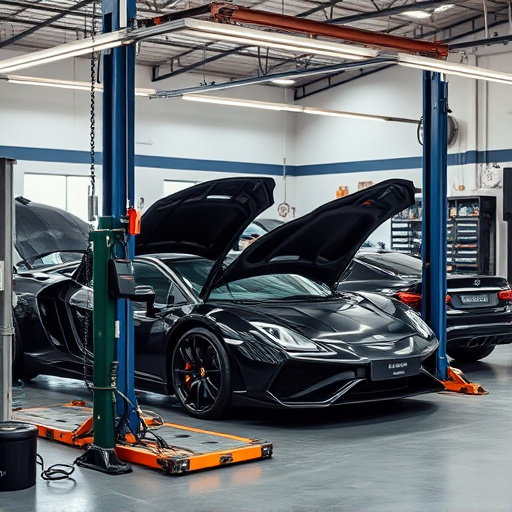
After a collision, proper exhaust system collision repair is crucial for maintaining optimal vehicle performance and minimizing environmental impact. Skilled auto body shops employ advanced techniques to ensure that the exhaust system is thoroughly inspected, repaired, or replaced as needed. This meticulous process involves both mechanical and structural repairs, addressing any damage to the catalytic converter, muffler, pipes, and mounts. Effective collision repair strategies for emissions control not only restore the car’s ability to meet environmental standards but also preserve its overall efficiency and longevity.
In the realm of car restoration, auto body shops specializing in exhaust system collision repair utilize state-of-the-art equipment and a deep understanding of automotive technology. They employ precise measurements and computer-aided design (CAD) software to ensure that all repairs align perfectly with the vehicle’s original specifications. This level of expertise is vital for maintaining the car’s emissions control system, which plays a critical role in reducing pollutants and preserving air quality. Ultimately, prioritizing exhaust system collision repair during car damage repair enhances both the safety and sustainability of vehicles on the road.
Understanding and addressing emission problems after exhaust damage is crucial for maintaining vehicle performance and environmental compliance. By unravelling common issues, diagnosing failures, and implementing effective collision repair strategies, professionals can ensure emissions control systems function optimally. Prompt action on exhaust system collision repair not only preserves vehicle efficiency but also contributes to a cleaner, more sustainable environment.
